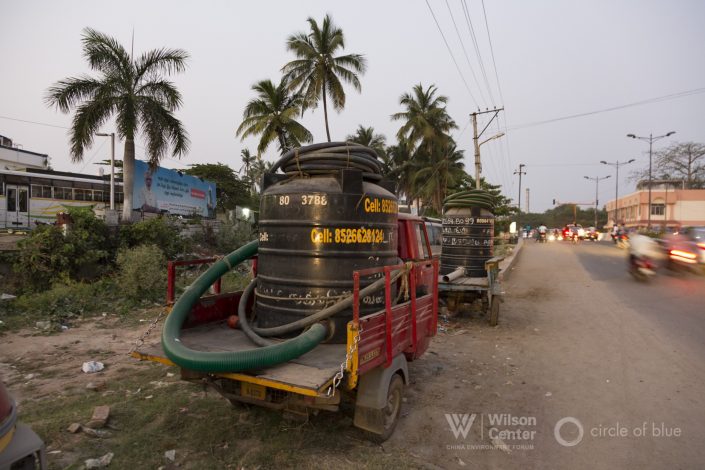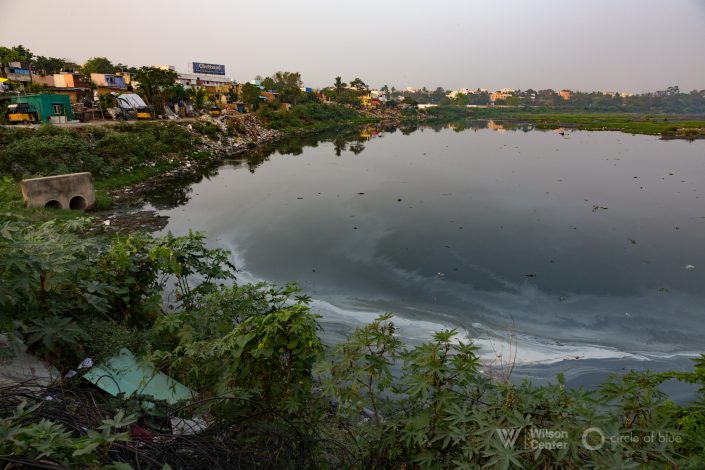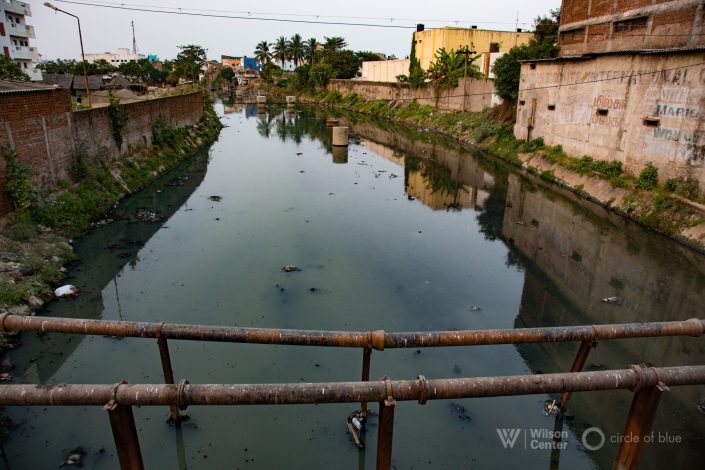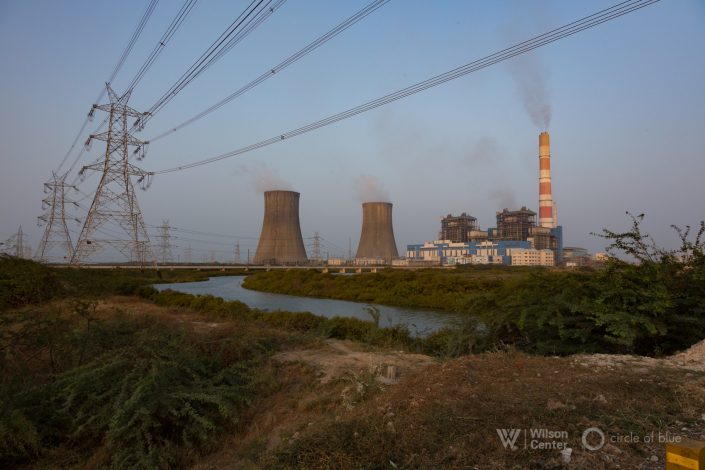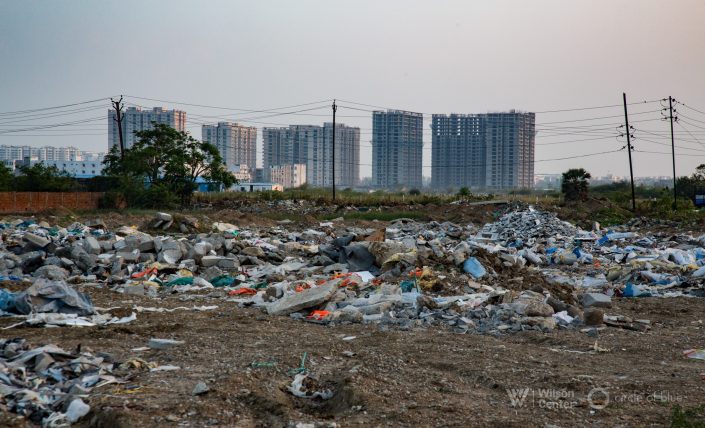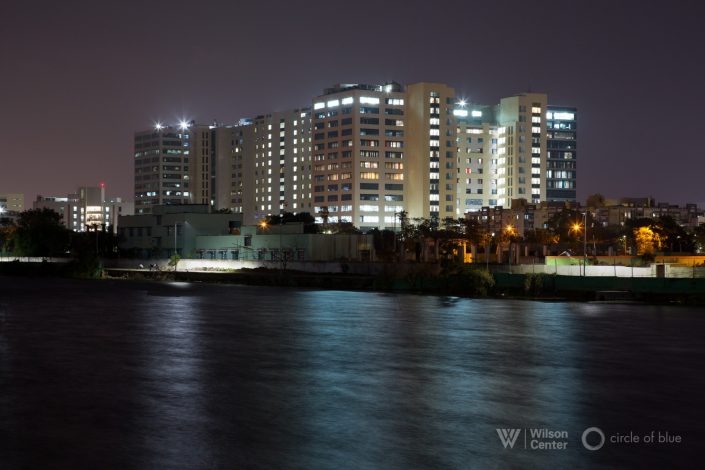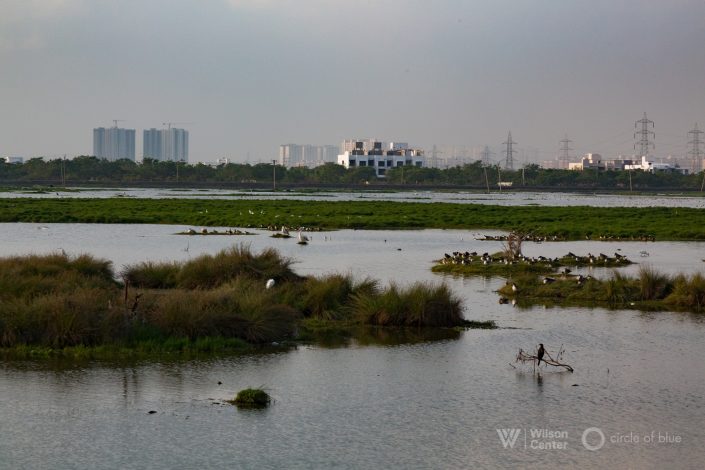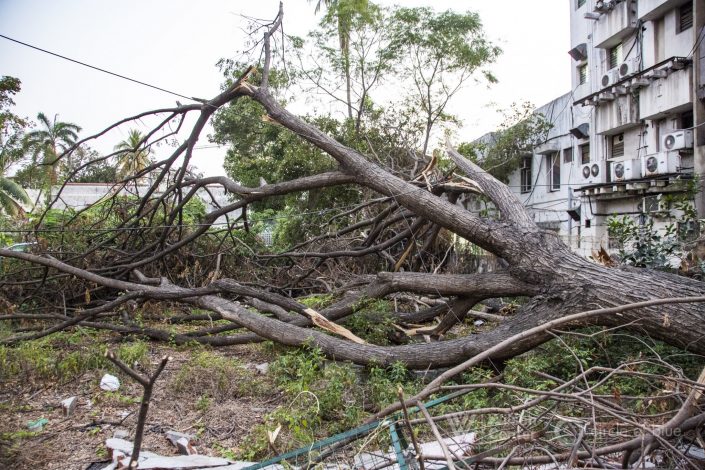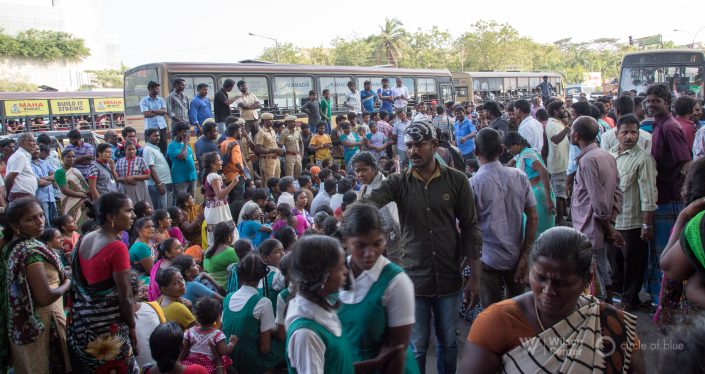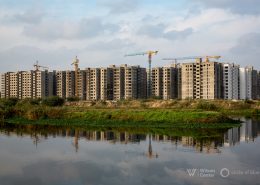 https://www.circleofblue.org/wp-content/uploads/2018/11/2017-01-India-Tamil-Nadu-DMalhotra_C4A7610-2500.jpg
1600
2400
Keith Schneider
https://www.circleofblue.org/wp-content/uploads/2018/06/Circle-of-Blue-Water-Speaks-600x139.png
Keith Schneider2018-07-03 15:03:082019-06-24 15:35:12Chennai’s Security Tied to Cleaning Up Its Water
https://www.circleofblue.org/wp-content/uploads/2018/11/2017-01-India-Tamil-Nadu-DMalhotra_C4A7610-2500.jpg
1600
2400
Keith Schneider
https://www.circleofblue.org/wp-content/uploads/2018/06/Circle-of-Blue-Water-Speaks-600x139.png
Keith Schneider2018-07-03 15:03:082019-06-24 15:35:12Chennai’s Security Tied to Cleaning Up Its WaterChennai’s Security Tied to Cleaning Up Its Water
By Keith Schneider, Circle of Blue
July 3, 2018
CHENNAI, India — With its expansive sand beaches along the Bay of Bengal, magnificent Western Ghats mountain range, and thriving cities — including this capital city of finance, manufacturing, and technology — Tamil Nadu appears poised to flourish.
Multinational corporations have set up shop in the newly constructed high-tech corridor south of Chennai’s central city. Joining Asia’s powerful pivot to electrified urban transit, Chennai has opened 26 stations and the first 35 kilometers of a metro rail network that could span 169 kilometers by the late 2020s. And some of the world’s largest wind and solar electric power stations operate in southern Tamil Nadu, generating more renewable energy than Denmark or Sweden.
Tamil Nadu, in short, has set in place key infrastructure and operating practices to build on its prosperity. The largest of southern India’s densely populated states, Tamil Nadu is well positioned to help its 81 million residents — and the rest of India for that matter — gain traction in a new era that offers job opportunities that are more energy efficient and ecologically sensitive.
Clearly, though, more needs to be done, especially in the realm of water supply and quality. Chennai could — and should — add to its reputation as a business center by cleaning up its desperately polluted water sources and addressing its endemic water scarcity.
A Future of Water Conflict, or a Clean Water Future?
Water supply and quality motivate Tamil Nadu’s most dynamic social movements. In January 2017, during a spontaneous and peaceful week-long uprising that galvanized millions of state residents to protest in the streets, water security emerged as a seminal issue.
Groundwater pollution is a big part of the problem. The aquifers that Tamil Nadu residents, businesses, and farmers depend on are grievously contaminated, according to state data and journalist investigations.
Another issue is the state’s inability to adjust to a rapidly changing climate that generates more powerful storms. In the last three years, Chennai and its neighboring cities were beaten up by water-related catastrophes. A huge storm knocked out power and water pumps. A mammoth flood that reached second-floor offices across Chennai’s high-tech corridor drowned dozens of people in fetid, sewage-contaminated water. And, Tamil Nadu continues to be overpowered by record heat and drought that deplete reservoirs and rivers.
People have been killed in violent protests over the inability to share the Cauvery River’s over-allocated water. Farm families in the river basin contend with immense financial pressure because dry weather prevents them from harvesting their crops.
In early 2018, coconut palm farmers reported that their trees, which sink roots 20 feet deep, were dying from lack of groundwater. The losses in the farm sector are so severe that funeral rights and marriage ceremonies are being curtailed. “A majority of the marriages in our villages are now being held in a simple manner because farmers are facing a financial crisis due to three consecutive droughts,” Krishna Prasad, a Cauvery basin farmer told The Hindu, Chennai’s English-language daily newspaper.
Pollution and water scarcity also are the sources of violent protests in Tuticorin, a city on Tamil Nadu’s southern coast, where Sterlite Copper, a smelting plant, wanted to draw more water to support its expansion. Critics accused the plant owners of polluting one of the city’s aquifers and demanded the smelter be shut down. On May 22, 2018, police fired on protestors; 13 people were killed and nearly 100 injured. The incident led Tamil Nadu’s leaders to issue an order on May 28 to close the smelter permanently. Sterlite is appealing the decision.
Chennai Can Learn From Other Cities
These water conflicts damage Tamil Nadu’s reputation and economy. To help avoid them, city leaders can start by addressing fecal waste, floating trash, and chemical contamination of Chennai’s three wretched rivers.
River restoration projects in cities as different as Oakland, Seoul, Shenzhen, Kuala Lumpur, and San Antonio could serve as models for Chennai.
These cities, and many others, invested considerable public and private funds to build or expand sewage treatment plants, construct floodwater storage basins and wetlands, move residents of informal settlements to new homes, and develop shoreline parks and promenades. Rivers that were essentially urban sewers became gardens of recreation that provide flood protection and attract real estate and business investment that covered the costs of restoration.
Tamil Nadu’s big cities, and especially Chennai, have a lot of work to do. The view from the bridges across any of Chennai’s three big rivers is a geography of hydrological ruin. Garbage lies in thick, moist mounds along the river banks. In the heat of the day, the warm waters are dimpled with bubbles that erupt amid a slow current colored by a rainbow of sickly greens and decayed red and orange.
A primary reason for the mire is that Chennai treats just a portion of its wastewater. The Chennai Metropolitan Water Supply and Sewerage Board operates 12 plants that are capable of treating 190 million gallons of wastewater daily. The city’s drinking water plants produce 400 million gallons of fresh water daily, 80 percent of which becomes wastewater. Tens of millions of gallons more water is supplied daily by private water companies and from groundwater. Altogether well under half of the sewage produced each day by residents and industries in Chennai is untreated and flows as raw waste into the city’s rivers and wetlands, according to state data. The rest of Tamil Nadu’s big cities fare no better: more than 40 percent of urban sewage is untreated. Although Tamil Nadu plans to build new treatment capacity, it is not nearly enough to meet the rising demand. Chennai, population 10.1 million this year, has added an average of 244,000 new residents annually since 2010.
It’s not that Chennai is ignorant of the challenge. It’s more a matter of scale, speed, and complexity. In October this year Chennai Metrowater announced an ambitious 2019 infrastructure initiative to update and expand the capacity of the 12 sewage plants. But expanding plants also will raise the energy and electrical costs of treating more wastewater and managing larger quantities of sludge.
The two new factors — more power and sludge — are a challenge everywhere. Cleaning up sewage and processing sludge are typically the two largest municipal energy consumers. In the United States half of the country’s large and medium wastewater treatment plants have addressed the higher costs. They installed anaerobic digesters (AD) to dewater and sanitize the sludge, and capture methane emissions. The energy-rich gas is then used to generate electricity for their plants. Excess power is either fed to the local grid or sold as compressed natural gas for vehicles.
Any residual sludge not consumed by the bugs can be sold as soil-enriching ground cover for landscaping. The energy generating wastewater plants — now being rebranded within the industry as “resource recovery facilities” — greatly lower costs for cities and water ratepayers.
Should it adopt large AD technology, Chennai Metrowater could go a step further and follow the model of Oakland and the Los Angeles County Joint Water Pollution Control Plant(JWPCP), and add food waste into the process. The Los Angeles installation is the largest sludge-to-energy plant in North America. Since adding food waste to its digesters in 2014 the plant has generated enough methane to supply all of its electricity. Oakland’s big wastewater treatment plant has achieved similar results.
As California moves to limit all food waste from landfills, JWPCP and other wastewater plants in the state are expanding their capacity to co-digest dinner scraps and potentially become major electrical and gas suppliers for their cities.
Chennai As Water Innovator?
The basic digester technology already is deployed in Chennai, at a smaller scale. In June 2018 Chennai Metro Rail set up its first anaerobic sewage plant at one of its largest train stations. Separate from the Chennai’s sewage system, the plant will use captured methane from the sludge processing to generate electricity to completely power the plant and the train station. And the plant reduces the amount of biosolids that have to be trucked away from the station and dumped elsewhere.
The opportunity and the need is apparent for Chennai. The city generates million of tons of food wastes annually. Electricity in Chennai and across Tamil Nadu is not scarce, as it is in other regions of India. Embracing food and sludge co-digestion on a city-wide scale also offers solutions to two more of Chennai’s problems: overflowing landfills and opposition to incineration. As in so many decisions that pit the status quo against the public good, the impediments are finances and leadership.
Outside institutions are offering support to overcome those barriers. Chennai is one of 10 cities that will receive up to $500 million in loans from the Asian Development Bank and the Government of India to develop climate-resilient water supply, sewerage, and drainage infrastructure. Such funding could be critical in supporting upgrades for the city’s sludge-to-energy infrastructure.
Developing food waste supply chains to feed such plants requires technical expertise, significant investment, and a sound marketing campaign to convince city residents of the value. Successful models for Chennai to follow are numerous. Chinese authorities, including a group from the Ministry of Housing and Urban Development, shared stories at a recent Wilson Center event of how Chinese cities are starting to embrace waste methane capture as a low-carbon development strategy.
As part of the Wilson Center and Circle of Blue “Choke Point: Tamil Nadu” reporting in 2017 and 2018, a number of interviews of leaders in government, business, and the environmental community highlighted how improving the quality, supply, and transport of water could and should be a top priority for Tamil Nadu’s planning and economic development strategy.
As it did around clean energy, Chennai could become a leader of efficient and sustainable water resource management practices. Despite the current challenges, Chennai has an enviable opportunity to improve rivers, clean up groundwater and assure greater flood control and water storage measures. Prioritizing water management will help Chennai build its own social and economic stability and provide an example for other Indian cities to follow.
More Choke Point: Tamil Nadu
 https://www.circleofblue.org/wp-content/uploads/2018/11/2017-01-India-Tamil-Nadu-DMalhotra_C4A7610-2500.jpg
1600
2400
Keith Schneider
https://www.circleofblue.org/wp-content/uploads/2018/06/Circle-of-Blue-Water-Speaks-600x139.png
Keith Schneider2018-07-03 15:03:082019-06-24 15:35:12Chennai’s Security Tied to Cleaning Up Its Water
https://www.circleofblue.org/wp-content/uploads/2018/11/2017-01-India-Tamil-Nadu-DMalhotra_C4A7610-2500.jpg
1600
2400
Keith Schneider
https://www.circleofblue.org/wp-content/uploads/2018/06/Circle-of-Blue-Water-Speaks-600x139.png
Keith Schneider2018-07-03 15:03:082019-06-24 15:35:12Chennai’s Security Tied to Cleaning Up Its Water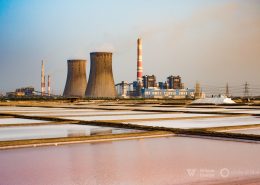 https://www.circleofblue.org/wp-content/uploads/2017/06/2017-01-India-Tamil-Nadu-DMalhotra_C4A5938-2500.jpg
1366
2048
Keith Schneider
https://www.circleofblue.org/wp-content/uploads/2018/06/Circle-of-Blue-Water-Speaks-600x139.png
Keith Schneider2017-06-14 06:42:312017-08-22 12:19:45Mindful of Water Scarcity, Cost, and Pollution, Tamil Nadu Turns to Sun and Wind Power
https://www.circleofblue.org/wp-content/uploads/2017/06/2017-01-India-Tamil-Nadu-DMalhotra_C4A5938-2500.jpg
1366
2048
Keith Schneider
https://www.circleofblue.org/wp-content/uploads/2018/06/Circle-of-Blue-Water-Speaks-600x139.png
Keith Schneider2017-06-14 06:42:312017-08-22 12:19:45Mindful of Water Scarcity, Cost, and Pollution, Tamil Nadu Turns to Sun and Wind Power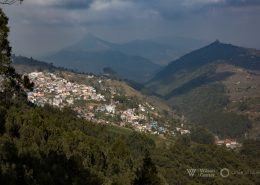 https://www.circleofblue.org/wp-content/uploads/2017/06/2017-01-India-Tamil-Nadu-DMalhotra_C4A6606-2500.jpg
1667
2500
Keith Schneider
https://www.circleofblue.org/wp-content/uploads/2018/06/Circle-of-Blue-Water-Speaks-600x139.png
Keith Schneider2017-06-06 15:56:442018-12-04 13:51:22India’s Toxic Trail of Tears
https://www.circleofblue.org/wp-content/uploads/2017/06/2017-01-India-Tamil-Nadu-DMalhotra_C4A6606-2500.jpg
1667
2500
Keith Schneider
https://www.circleofblue.org/wp-content/uploads/2018/06/Circle-of-Blue-Water-Speaks-600x139.png
Keith Schneider2017-06-06 15:56:442018-12-04 13:51:22India’s Toxic Trail of Tears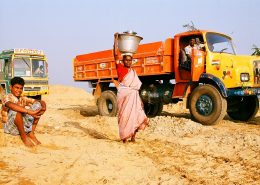 https://www.circleofblue.org/wp-content/uploads/2017/05/2017-01-India-KSchneider-51530028-logo-2500.jpg
1262
2048
Circle Blue
https://www.circleofblue.org/wp-content/uploads/2018/06/Circle-of-Blue-Water-Speaks-600x139.png
Circle Blue2017-05-31 12:34:282019-04-01 10:41:31Pursuing Riches, Miners Plunder Tamil Nadu’s River Sand
https://www.circleofblue.org/wp-content/uploads/2017/05/2017-01-India-KSchneider-51530028-logo-2500.jpg
1262
2048
Circle Blue
https://www.circleofblue.org/wp-content/uploads/2018/06/Circle-of-Blue-Water-Speaks-600x139.png
Circle Blue2017-05-31 12:34:282019-04-01 10:41:31Pursuing Riches, Miners Plunder Tamil Nadu’s River Sand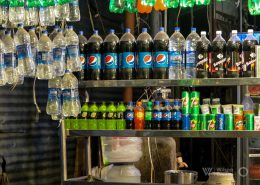 https://www.circleofblue.org/wp-content/uploads/2017/05/2017-01-India-bottled-water-KSchneider-IMG_6676-logo-2500.jpg
1180
2048
Keith Schneider
https://www.circleofblue.org/wp-content/uploads/2018/06/Circle-of-Blue-Water-Speaks-600x139.png
Keith Schneider2017-05-24 13:12:552018-12-04 11:27:01The Right to Life and Water: Drought and Turmoil for Coke and Pepsi in Tamil Nadu
https://www.circleofblue.org/wp-content/uploads/2017/05/2017-01-India-bottled-water-KSchneider-IMG_6676-logo-2500.jpg
1180
2048
Keith Schneider
https://www.circleofblue.org/wp-content/uploads/2018/06/Circle-of-Blue-Water-Speaks-600x139.png
Keith Schneider2017-05-24 13:12:552018-12-04 11:27:01The Right to Life and Water: Drought and Turmoil for Coke and Pepsi in Tamil Nadu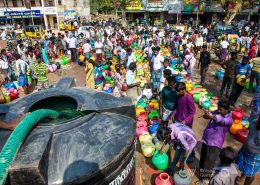 https://www.circleofblue.org/wp-content/uploads/2017/05/2017-01-India-Tamil-Nadu-DMalhotra_C4A6151-2500.jpg
1667
2500
Keith Schneider
https://www.circleofblue.org/wp-content/uploads/2018/06/Circle-of-Blue-Water-Speaks-600x139.png
Keith Schneider2017-05-12 07:18:152019-06-24 15:35:29In City Prone to Drought, Chennai’s Water Packagers Rush In
https://www.circleofblue.org/wp-content/uploads/2017/05/2017-01-India-Tamil-Nadu-DMalhotra_C4A6151-2500.jpg
1667
2500
Keith Schneider
https://www.circleofblue.org/wp-content/uploads/2018/06/Circle-of-Blue-Water-Speaks-600x139.png
Keith Schneider2017-05-12 07:18:152019-06-24 15:35:29In City Prone to Drought, Chennai’s Water Packagers Rush In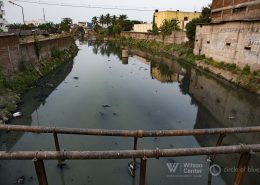 https://www.circleofblue.org/wp-content/uploads/2017/05/2015-02_C4A5036-DMalhotra-2500.jpg
1366
2048
Circle Blue
https://www.circleofblue.org/wp-content/uploads/2018/06/Circle-of-Blue-Water-Speaks-600x139.png
Circle Blue2017-05-03 13:07:132018-12-04 11:19:10Rampage of Water and Social Entrepreneurs Push Chennai to Consider New Growth Strategy
https://www.circleofblue.org/wp-content/uploads/2017/05/2015-02_C4A5036-DMalhotra-2500.jpg
1366
2048
Circle Blue
https://www.circleofblue.org/wp-content/uploads/2018/06/Circle-of-Blue-Water-Speaks-600x139.png
Circle Blue2017-05-03 13:07:132018-12-04 11:19:10Rampage of Water and Social Entrepreneurs Push Chennai to Consider New Growth Strategy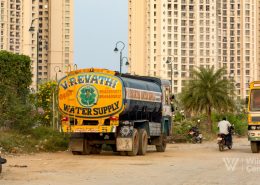 https://www.circleofblue.org/wp-content/uploads/2017/04/2017-01-India-Tamil-Nadu-DMalhotra_C4A7108-2500-e1493125279687.jpg
620
1600
Circle Blue
https://www.circleofblue.org/wp-content/uploads/2018/06/Circle-of-Blue-Water-Speaks-600x139.png
Circle Blue2017-04-25 07:07:522019-06-24 15:37:01A Torrent of Water and Concrete Imperil Chennai’s IT Boom
https://www.circleofblue.org/wp-content/uploads/2017/04/2017-01-India-Tamil-Nadu-DMalhotra_C4A7108-2500-e1493125279687.jpg
620
1600
Circle Blue
https://www.circleofblue.org/wp-content/uploads/2018/06/Circle-of-Blue-Water-Speaks-600x139.png
Circle Blue2017-04-25 07:07:522019-06-24 15:37:01A Torrent of Water and Concrete Imperil Chennai’s IT Boom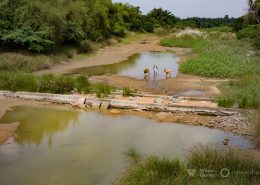 https://www.circleofblue.org/wp-content/uploads/2017/04/2017-01-India-Tamil-Nadu-DMalhotra_C4A5709-2500-1.jpg
1667
2500
Keith Schneider
https://www.circleofblue.org/wp-content/uploads/2018/06/Circle-of-Blue-Water-Speaks-600x139.png
Keith Schneider2017-04-19 12:16:272018-12-03 15:03:56Water Scarcity Causes Cauvery Delta Anguish
https://www.circleofblue.org/wp-content/uploads/2017/04/2017-01-India-Tamil-Nadu-DMalhotra_C4A5709-2500-1.jpg
1667
2500
Keith Schneider
https://www.circleofblue.org/wp-content/uploads/2018/06/Circle-of-Blue-Water-Speaks-600x139.png
Keith Schneider2017-04-19 12:16:272018-12-03 15:03:56Water Scarcity Causes Cauvery Delta Anguish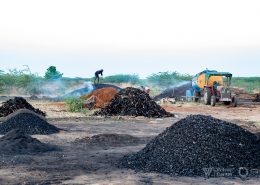 https://www.circleofblue.org/wp-content/uploads/2017/04/2017-01-India-Tamil-Nadu-DMalhotra_C4A5854-2500.jpg
1439
2500
Keith Schneider
https://www.circleofblue.org/wp-content/uploads/2018/06/Circle-of-Blue-Water-Speaks-600x139.png
Keith Schneider2017-04-11 08:41:062018-12-03 14:58:52Chased by Drought, Rising Costs, and Clean Technology, India Pivots on Coal-Fired Power
https://www.circleofblue.org/wp-content/uploads/2017/04/2017-01-India-Tamil-Nadu-DMalhotra_C4A5854-2500.jpg
1439
2500
Keith Schneider
https://www.circleofblue.org/wp-content/uploads/2018/06/Circle-of-Blue-Water-Speaks-600x139.png
Keith Schneider2017-04-11 08:41:062018-12-03 14:58:52Chased by Drought, Rising Costs, and Clean Technology, India Pivots on Coal-Fired PowerThe conflicting demand for water, food, and energy is one of the defining challenges of the 21st century. Global Choke Point, a collaboration between Circle of Blue and the Wilson Center, explores the peril and promise of this nexus with frontline reporting, data, and policy expertise. “Choke Point: Tamil Nadu” is supported by the U.S. Consulate General in Chennai. Jayshree Vencatesan of Care Earth Trust, Nityanand Jayaraman, and Amirtharaj Stephen provided expertise and invaluable guidance.
Sources: Bloomberg New Energy Finance, Central Electricity Authority (India), Circle of Blue, Community Environmental Monitoring, Enerdata, Frankfurt School of Finance and Management, Ministry of Coal (India), Public Finance Public Accountability Collective, The Times of India, U.S. Energy Information Administration, United Nations Environment Program.
Photo Credits: Used with permission courtesy of Dhruv Malhotra/Circle of Blue. Map and Graphics: Used with permission courtesy of Cody Pope/Circle of Blue.
Circle of Blue’s senior editor and chief correspondent based in Traverse City, Michigan. He has reported on the contest for energy, food, and water in the era of climate change from six continents. Contact
Keith Schneider
Related
© 2025 Circle of Blue – all rights reserved
Terms of Service | Privacy Policy



